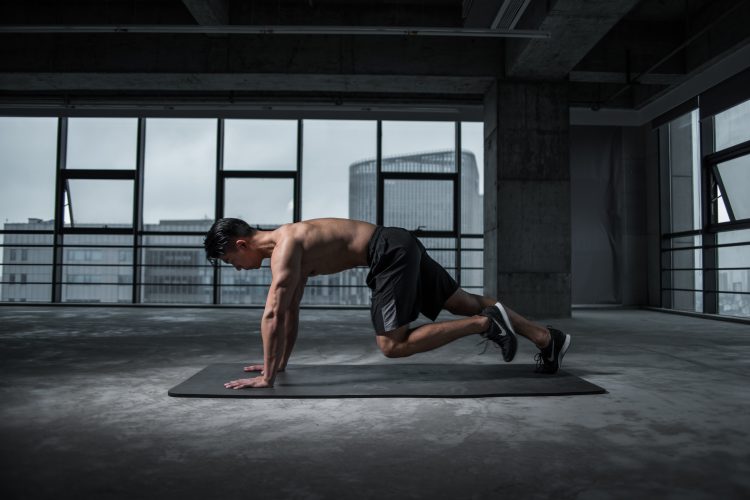
It is a common story that we hear time and time again in clinic, and that you have probably heard friends, family or even professional athletes say; “I have a dodgy (insert body part) that I always injure”, or “my (insert body part) is weak and always causes me issues”. This is often the case as a risk factor for many injuries is having had that injury before, or another injury to that same area.
There are a number of reasons why this might happen, for example, often after an ankle sprain (a tear in one of the supportive ligaments in the ankle) our body produces scar tissue to mend the injury. This process helps to repair the damage to the ligament; however, it takes away some of the ability for the ligament to know when a sprain is about to occur, limiting our ability to react to what is happening and potentially leading to more ankle sprains.
Another reason we may be more likely to re-injure ourselves is that a weakness develops in the injured area. Immediately after a muscle strain there will be weakness, especially in higher grade strains where a tear has occurred. This weakness can be compounded due to pain avoidance and fear of the injury.
Often whilst recovering from an injury and in the rehab process we will experience pain. This pain (to a degree) is not necessarily a bad thing and is not something that should always be avoided at all costs. When we do avoid this, especially at the expense of not completing our exercises or rehab, we begin to get progressively weaker due to disuse.
As the saying goes “use it or lose it”.
It is for this reason that a bit of a change of attitude needs to come about after an injury. Instead of looking at an injury as something that will always be affecting you and causing weakness it should be looked at as an opportunity to build strength.
Often, the only time that we will consciously stop and focus on one area in the body is immediately after an injury. It is at this time that we have an opportunity to focus on strength deficits, dysfunctional movement patterns and overall load management that we normally wouldn’t get (which in some cases may be why we ended up with an injury in the first place).
After an ankle sprain we can focus on improving the responsiveness of the stretch receptors in surrounding muscles to compensate for loss of receptors in the ligament. After a muscle strain we can gradually increase load and begin the process of hypertrophy (muscle growth). After traumatic injuries or surgery we can develop strength in surrounding areas and ensure we are moving correctly.
It doesn’t matter what the injury is, the focus needs to become “how can I improve and get stronger” not “this is always going to affect me”.

